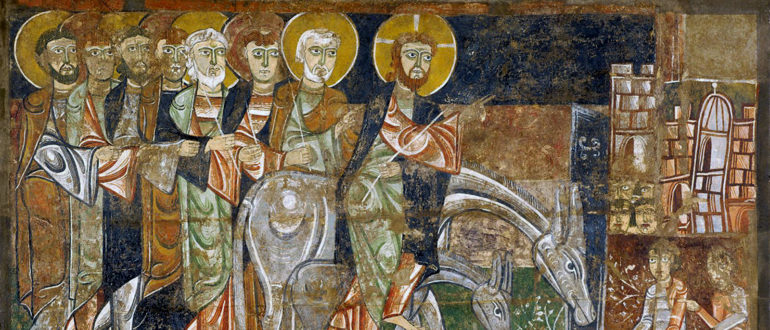THE ARMENIAN CHURCH COLLECTION
The history of the Armenian Church during the Dark Ages and Medieval period is a story of early Christian adoption, resilience, and independence. Armenia holds a unique place in Christian history as the first nation to officially adopt Christianity as its state religion, marking a significant shift in the region’s cultural and religious landscape. The Armenian Church developed its own distinctive identity, which has played a crucial role in shaping Armenian culture and national identity through the centuries. Christianity was introduced to Armenia in the 1st century, primarily through the efforts of missionaries like St. Thaddeus and St. Bartholomew, who are traditionally credited with spreading the faith in the region. However, it was in the early 4th century that Christianity was officially adopted. In 301 AD, King Tiridates III of Armenia became the first monarch to embrace Christianity, following his conversion by St. Gregory the Illuminator. This historic event made Armenia the first country to declare Christianity as its state religion, long before other Christian nations in Europe. The establishment of Christianity in Armenia led to the creation of the Armenian Apostolic Church, which quickly became a dominant force in both religious and political life. Under the guidance of St. Gregory, the Armenian Church began to organize itself independently, rejecting the influence of the Roman Empire and establishing its own ecclesiastical structure. The Church's independence was crucial for the preservation of Armenian identity, especially as the region faced external pressures from both the Byzantine Empire and the Persian Sassanid Empire.
In the Dark Ages and Medieval period, the Armenian Church played a central role in the preservation and development of Armenian culture, particularly through its contributions to education, literature, and art. One of the most significant achievements of the Church was the creation of the Armenian alphabet by St. Mesrop Mashtots in the early 5th century. The invention of the alphabet enabled the translation of the Bible and other religious texts into Armenian, which facilitated the spread of Christianity and helped preserve the Armenian language and culture during a time of political turmoil. The Church also became a patron of the arts, commissioning the construction of churches, monasteries, and religious artwork. The architectural style of Armenian churches, with their distinctive domes and cross-shaped layouts, became a symbol of the country's Christian heritage. Many of these churches, particularly those in the ancient Armenian kingdom of Cilicia and in the capital city of Ani, remain important cultural and religious landmarks today. Monasticism played a key role in Armenian Christianity during the Medieval period. Monasteries became centers of learning, religious instruction, and manuscript production. They were also safe havens for Armenian clergy and scholars during times of foreign invasions. In particular, Armenian monks played a vital role in preserving theological knowledge, translating works from Greek and Syriac into Armenian, and fostering a rich literary tradition that has endured for centuries.
Throughout the Medieval period, the Armenian Church faced numerous challenges. Armenia was often caught between two powerful empires: the Byzantine Empire to the west and the Persian Sassanid Empire to the east. Both empires attempted to influence Armenian religious and political life. Despite these pressures, the Armenian Church maintained its autonomy, reinforcing its distinctiveness and resisting outside control. In the 7th and 8th centuries, following the Arab conquest of Armenia, the region faced new challenges from Islamic rule. However, the Armenian Church remained resilient, and under the protection of local Armenian princes, it continued to thrive. In the face of external threats and internal divisions, the Church remained a symbol of national unity and resistance. By the Medieval period, particularly during the time of the Armenian Kingdom of Cilicia (11th-14th centuries), the Armenian Church had not only survived but also thrived. The Church's role in the governance of Armenia strengthened, and many important religious councils and theological debates were held to ensure the Church’s independence and doctrinal purity. The Armenian Church during the Dark Ages and Medieval period played a vital role in shaping both the religious and cultural identity of the Armenian people. From its early Christianization to its development of unique liturgical traditions and the creation of the Armenian alphabet, the Church provided spiritual leadership, cultural continuity, and political stability. Despite facing numerous invasions and political challenges, the Armenian Church remained a pillar of resilience, helping to preserve the Armenian identity through centuries of change. Today, the legacy of the Armenian Church continues to be an integral part of the nation’s history and culture.

